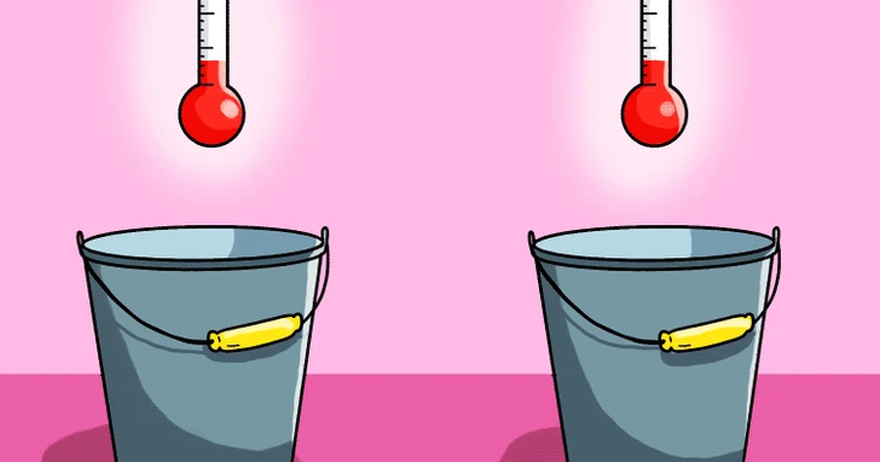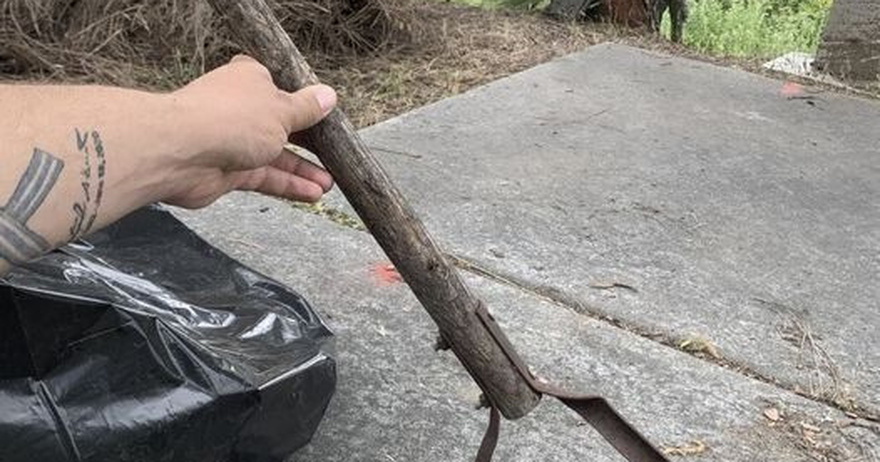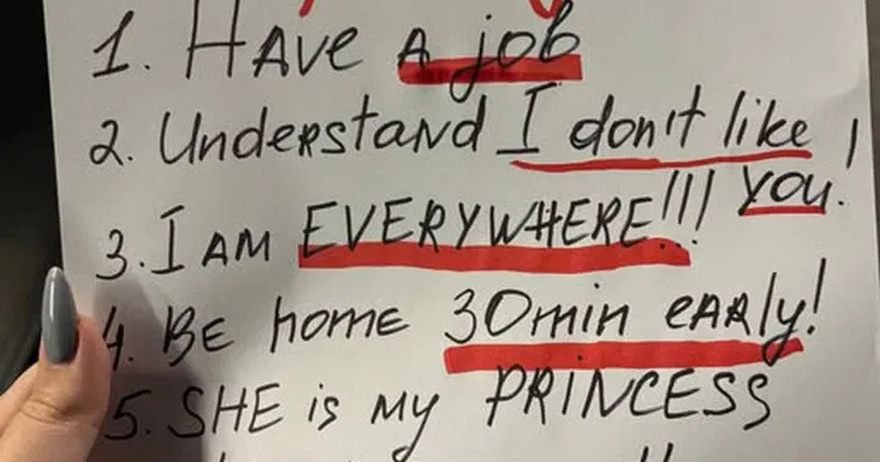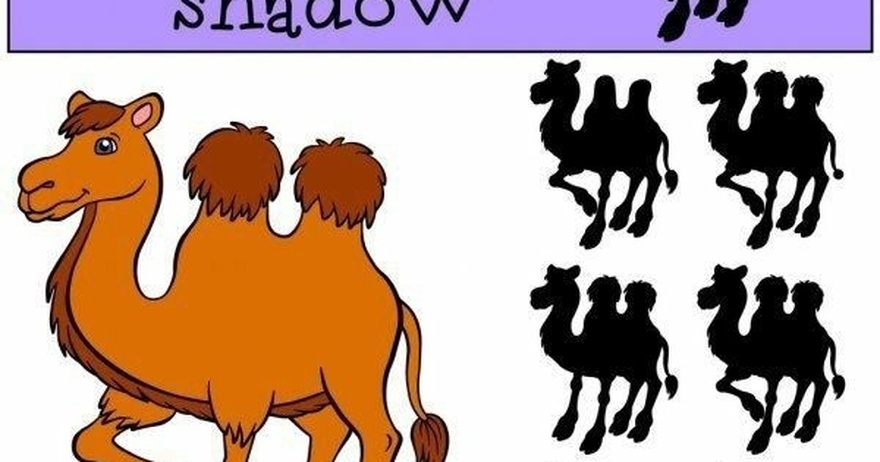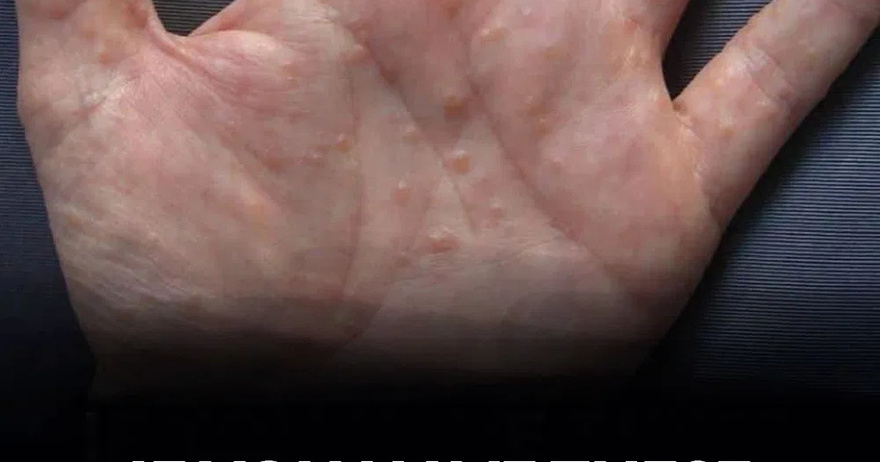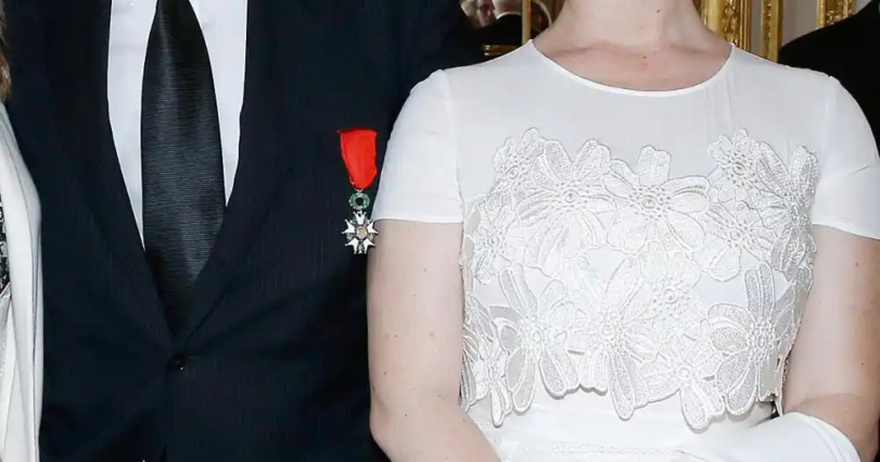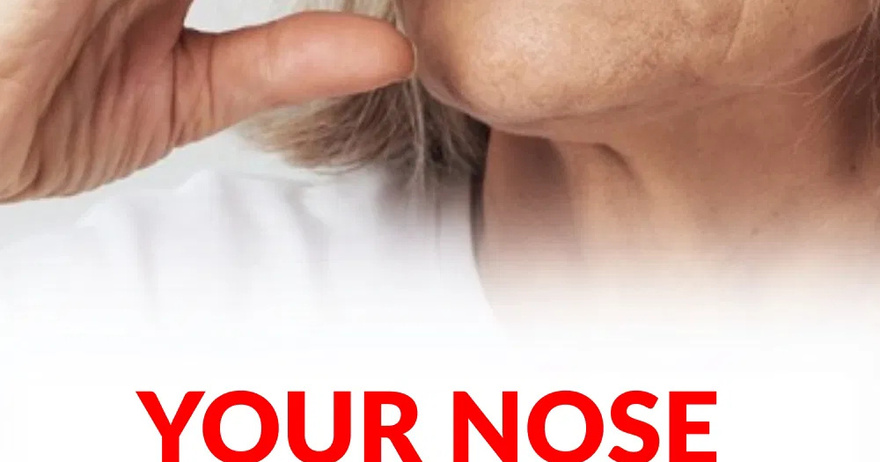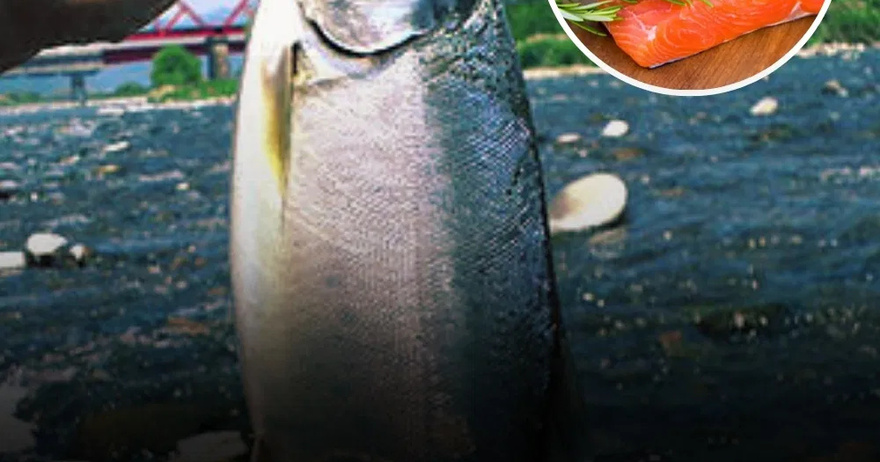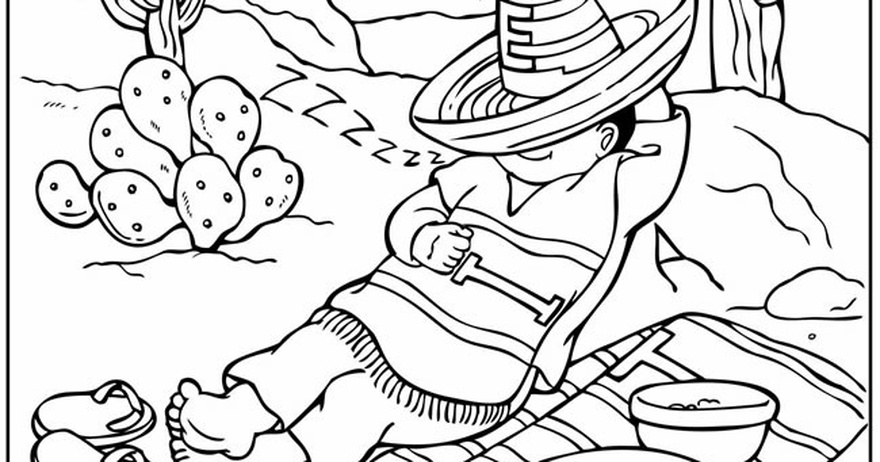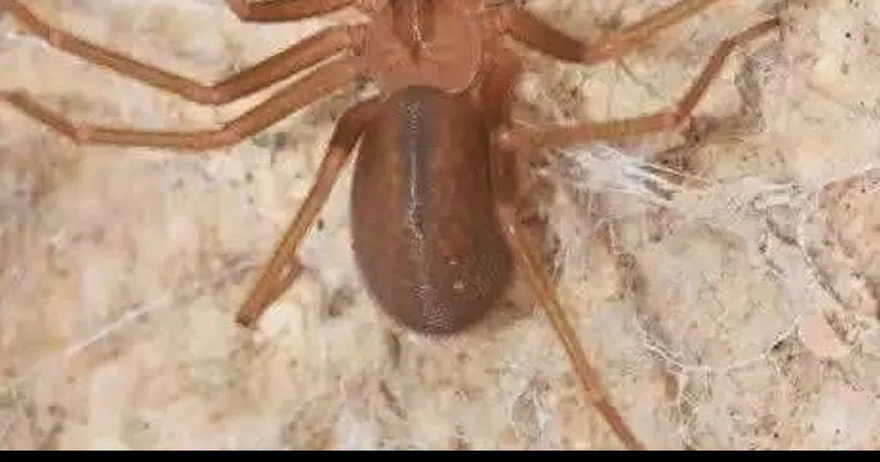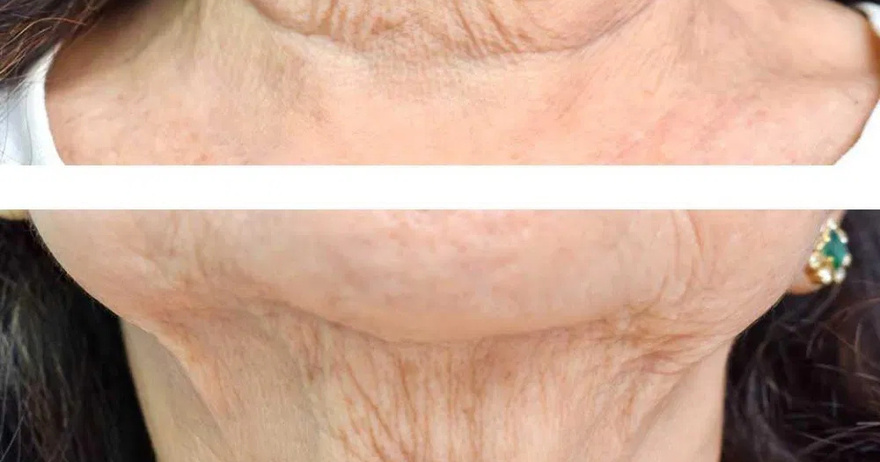Imagine this scenario: You have two buckets of water. In the first bucket, the water temperature is 25ºC. In the second bucket, the water temperature is 25ºF. You drop a coin into each bucket from the same height, at exactly the same time. Which coin will hit the bottom first?
At first glance, it might seem like a straightforward physics problem. Since both coins are dropped from the same height simultaneously, your instinct might tell you they’ll hit the bottom at the same time. But like many tricky puzzles, the obvious answer is not the correct one. Let’s break down the science behind this puzzling situation.
Understanding the Temperature Difference: Celsius vs. Fahrenheit
The key to solving this puzzle lies in understanding the fundamental difference between the two temperature measurements. While both temperatures appear numerically similar—25ºC and 25ºF—they represent entirely different physical states when it comes to water.
Water at 25ºC:
In the Celsius scale, 25ºC is equivalent to 77ºF. At this temperature, water is in a liquid state. It’s room temperature, entirely fluid, and behaves just like the water we’re used to every day.
Water at 25ºF:
On the other hand, 25ºF is below the freezing point of water. Water freezes at 32ºF (0ºC), which means that water at 25ºF has already turned into ice. It’s solid and not a liquid anymore.
The Realization: One Bucket Isn’t Liquid Anymore
Video: Which Coin Hits the Bottom First
Here’s where most people get tripped up: They assume both buckets contain liquid water because they’re labeled as such. However, the bucket with 25ºF water is actually a bucket of ice.
When you drop a coin into the first bucket (25ºC), the coin will sink through the liquid water and reach the bottom almost instantly, depending on its density and shape.
But what about the second bucket? Since the water has frozen into ice, the coin will simply land on the ice surface without sinking at all.
Which Coin Hits the Bottom First?
The correct answer is: The coin in the first bucket (25ºC) hits the bottom first because it actually sinks through the liquid. The coin in the second bucket does not sink at all because it lands on the solid ice surface.
It’s not just about the temperature—it’s about the physical state of the water. This riddle cleverly disguises the fact that one bucket doesn’t even contain liquid, making the solution both simple and ingenious.
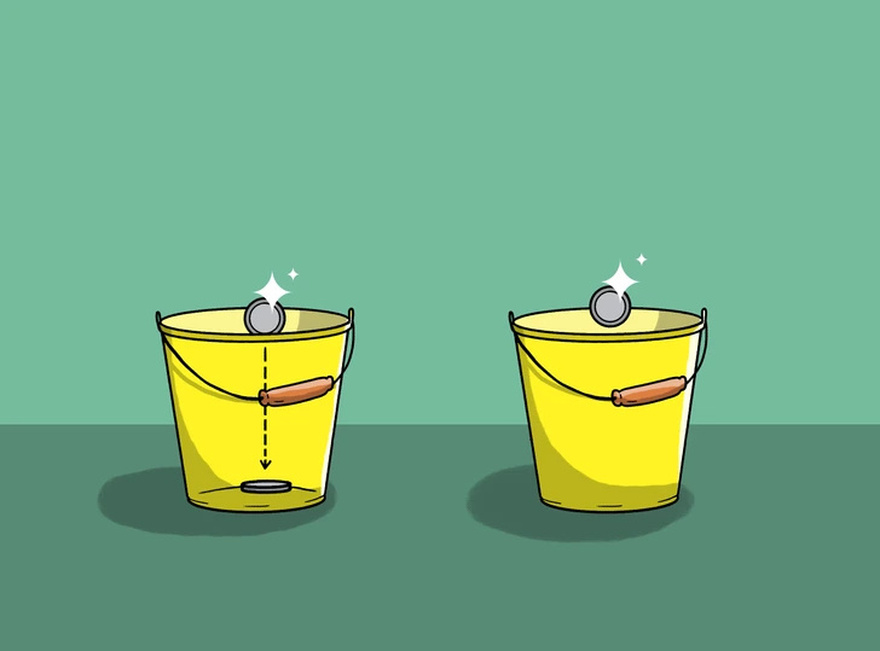
Why Do People Get It Wrong?
This puzzle is so effective because it plays on our assumptions. When we hear “bucket of water,” we naturally picture liquid water. The mind tricks us into thinking both buckets are filled with the same state of matter.
Here are some common reasons why people get the answer wrong:
Assuming Both Are Liquids: Most people don’t stop to think that one bucket actually contains ice.
Ignoring the Temperature Scale: We often overlook the significance of temperature conversions between Celsius and Fahrenheit.
Jumping to Conclusions: The puzzle seems simple, so we tend to give a quick answer without analyzing the details.
The Science Behind Sinking in Liquid vs. Solid
To understand why the coin in the first bucket sinks while the other does not, let’s look at some basic physics:
In Liquid Water (25ºC):
When a coin is dropped, it displaces the water as it falls, sinking to the bottom due to gravity. The density of the coin is much greater than that of liquid water, so it has no trouble making its way down.
In Solid Ice (25ºF):
In contrast, dropping a coin onto ice is like dropping it on a solid surface. There’s no displacement because the ice is not fluid. The coin simply lands on top without penetrating the surface.
Why This Puzzle Is So Fascinating
What makes this riddle intriguing is how it blends science with a bit of a mind trick. It’s not just a question of physics—it’s also about how we interpret everyday concepts like water and temperature. The puzzle forces us to think critically rather than relying on assumptions.
Many of us have an automatic response when it comes to water and temperature, but this challenge teaches us to consider the physical properties involved. It’s a great reminder that science is often about questioning what we take for granted.
How to Avoid Getting Tricked Next Time
If you love puzzles like this, here are a few tips to keep your brain sharp and avoid getting tricked:
Question Your Assumptions: Don’t take descriptions at face value. Think about what they really mean.
Break Down the Problem: Separate the elements and analyze each part.
Consider Different Perspectives: Sometimes the answer isn’t straightforward—think outside the box.
Stay Curious: Puzzles are meant to challenge your thinking, so embrace the process.
Final Thoughts: A Clever Puzzle with a Simple Solution
This tricky puzzle teaches us more than just a science lesson—it shows how our minds can be easily deceived by assumptions. Sometimes, the most straightforward answer is the one we overlook because we’re too focused on what we think we know.
Next time you encounter a brain teaser that seems too simple to be true, take a step back and consider all possibilities. Don’t let your mind play tricks on you. After all, the answer might be right in front of you, just waiting to be discovered.
